At 8 o’clock sharp, the group met outside Starbucks looking formal, if slightly crunkled (an iron was nowhere to be found). We were to visit the Australian High Commission, and had been instructed to dress formally. Most were wearing a suit and tie, I was wearing a black dress, trying my best to not stand out as the only person who was capable of passing on mitochondrial DNA. By the time we got off the MRT near the High Commission, I was longing for a coffee. A few of us split from the group, leaving them at the Brunetti cafe, which was asking an arm and a leg for a coffee. Instead, we headed to one of the ubiquitous Starbucks, which I despise while in Melbourne, but is often a good option here. The walk from there to the High Commission was hellish wearing stockings in the heat, but I couldn’t complain too much, as the suits looked worse.
We waited in the cool relief of the lobby after having presented our bags and our passports for inspection to security. We were greeted by Third Secretary Jennifer Burdick and Austrade Commissioner Tracy Harris. Unfortunately, Deputy High Commissioner Julie Heckscher was ill, so she was unable to speak to us.
We were given an explanation of the Singaporean political system, which as I said in a previous post, is a Westminster type system. They have an interesting variation in which there are two types of constituencies; single member and group representation constituencies. Group representation constituencies require a team of candidates from a party, and have ethnic minority quotas. There are 87 MPs in total, of which 9 are special interest group MPs, and non-constituency MPs from the opposition. These two groups are unable to vote on parliamentary matters. Currently 80 of the 87 seats are held by the government, the People’s Action Party (PAP), who have been in power since 1959.
Ms Burdick and Ms Harris also gave an overview of Australia and Singapore’s relationship, both past and current. I had not known they are our fourth biggest trading partner, impressive for such a tiny country (approximately 5 million). Education in Australia of many Singaporeans appears to create a strong relationship between the two countries. The military relationship in particular appears very strong, I’m not sure how I feel about this. Interestingly, the number of Singaporeans coming to Australia for education appears to have dropped over recent years, but I didn’t get a chance to ask why.
After leaving (faster than I would have liked due to having more questions) we returned to Utown for lunch, then proceeded to the Institute for Materials Research and Engineering (IMRE). We were finally getting to see some science! Dr Sean O’Shea and Dr Evan Williams gave us a presentation about the research of IMRE and the Materials Center of Innovation (MCOI), and their place in the Agency for Science, Technology and Research (A*STAR), a similar government organisation to CSIRO in Australia. MCOI was created to assist collaboration between small and medium enterprise (SME) and academic research.
We were given a tour through some of IMRE’s laboratories, including an optics lab which was involved in Fluorescent Lifetime Image Microscopy, which may be used for dynamic cell imaging. Pretty interesting, I am very much looking forward to hearing more about the research going on here in Singapore.

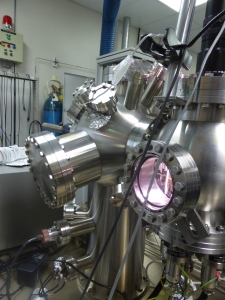
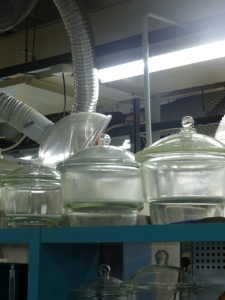
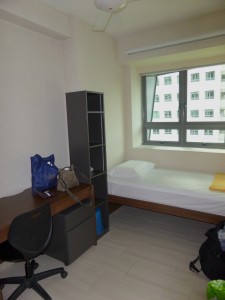

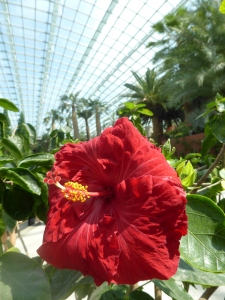
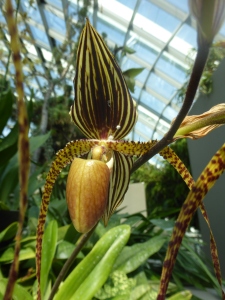
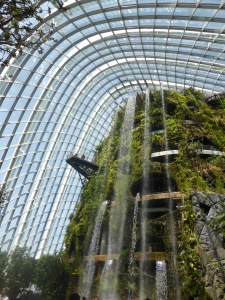
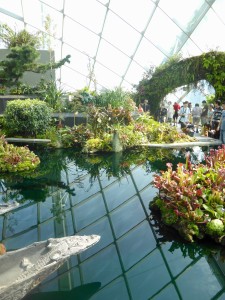
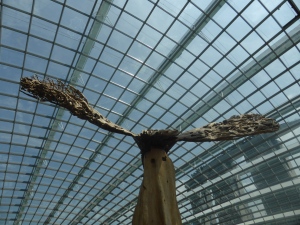
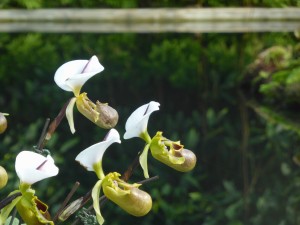

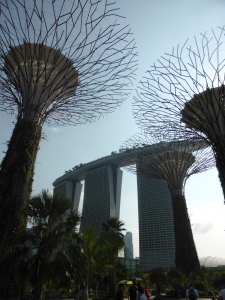
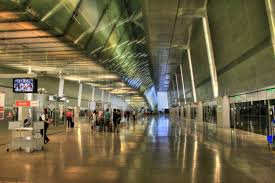
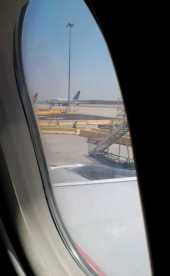
You must be logged in to post a comment.